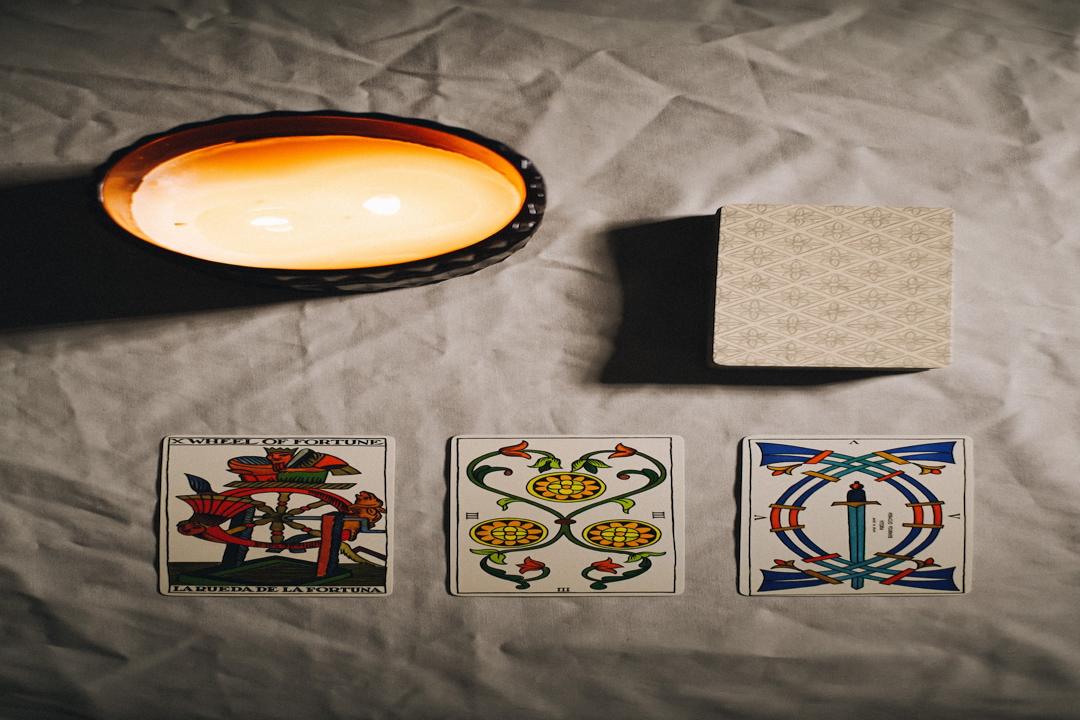The emergence of Non-Fungible Tokens (NFTs) has caused a seismic shift in the art world. Once easily replicable and disseminated, digital artworks can now fetch millions of dollars under the banner of NFT ownership. This phenomenon has sparked intense debate—what exactly are we paying for, and what does it mean for the future of art’s value?
Paradigm Shift: Ownership of Digital Assets
NFTs leverage blockchain technology to create verifiable digital certificates of ownership for assets, most commonly digital artworks. This unique token signifies that you, and only you, own that specific digital artwork. While anyone can still view or download copies of the image, the NFT grants exclusive ownership and the right to showcase in the digital realm.
This concept challenges traditional notions of art value. Previously, the value of art was primarily tied to its physical form—paintings on canvas, bronze sculptures. Owning the physical object meant owning the artwork itself. NFTs, by establishing value in the digital realm and separating it from the ability to replicate images, disrupt this tradition.
Financial Frenzy: Speculation or Patronage of Art?
The NFT art market has witnessed astronomical price surges. In 2021, Beeple’s “Everydays: The First 5000 Days” collage sold at Christie’s auction house for a record-breaking $69 million. This has sparked claims of an NFT bubble, with some questioning the intrinsic value of these digital assets. Is this merely speculative frenzy, or a true evolution in art collecting?
Supporters of NFTs argue they empower a new generation of artists. Digitally native creators, often economically marginalized, can now monetize their work directly, bypassing traditional gatekeepers like galleries. Additionally, NFTs offer new avenues for artistic expression, including interactive installations, evolving dynamic pieces, and gamified experiences.
However, the NFT market is not without its drawbacks. Environmental concerns related to blockchain technology’s energy consumption are a significant point of contention. Furthermore, issues of copyright ownership and the potential for fraud and market manipulation also require serious consideration.
Looking ahead, as the NFT market matures, we can expect a more nuanced understanding of value. Here are some key trends to watch:
Utility beyond ownership: NFTs may transcend mere ownership certificates. They could serve as access keys to exclusive communities, unlock special content, or even function as functional elements in games or metaverses.
Community and patronage: The rise of Decentralized Autonomous Organizations (DAOs) in the NFT space signifies a collaborative approach to art collecting. These collectors pool resources to purchase and potentially curate NFT art collections, fostering a sense of shared ownership and artistic patronage awareness.
Verdict: A New World of Art
The NFT phenomenon is more than just a trend. It represents a fundamental shift in how we perceive and evaluate art in the digital age. While challenges and questions remain, NFTs present exciting possibilities for artists, collectors, and the entire art world. As technology matures and regulations evolve, the true impact of NFTs on the art sphere will become clearer. Perhaps the future of art will be a tapestry woven from both tradition and innovation, coexisting across physical and digital realms, enhancing our appreciation of artistic expression.


